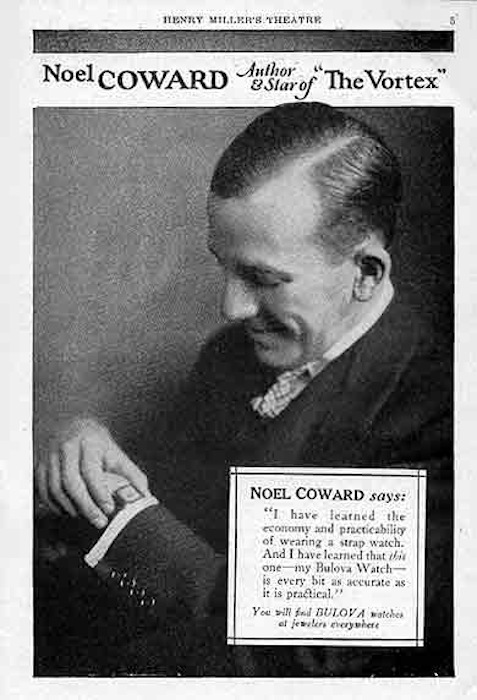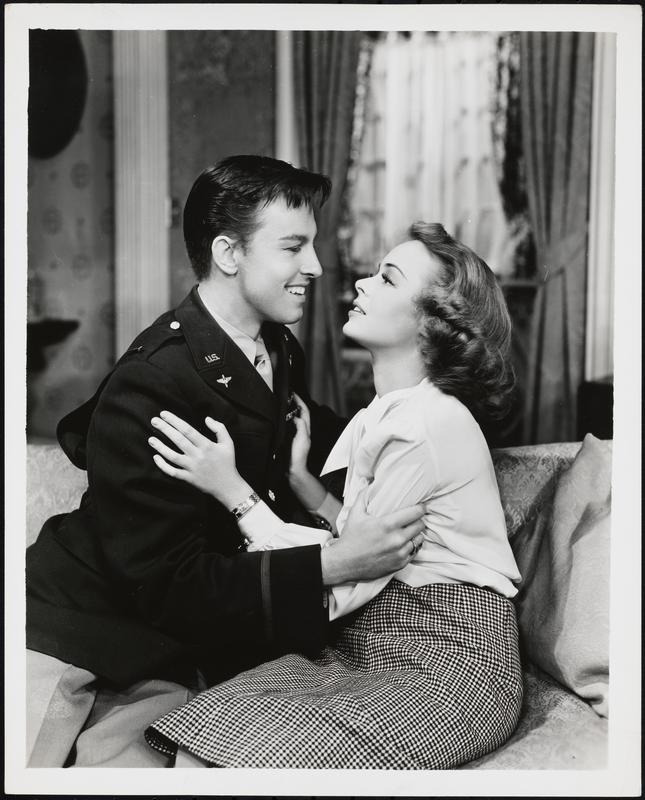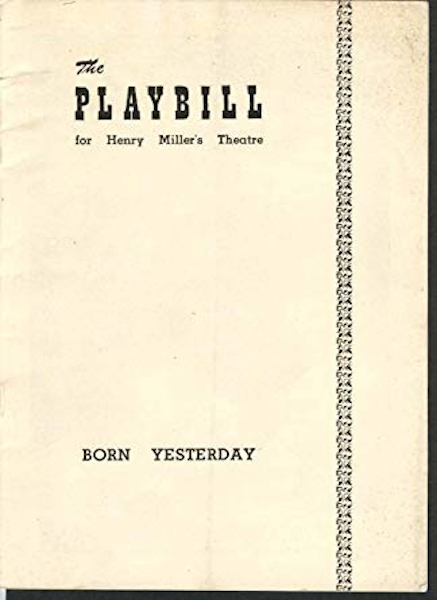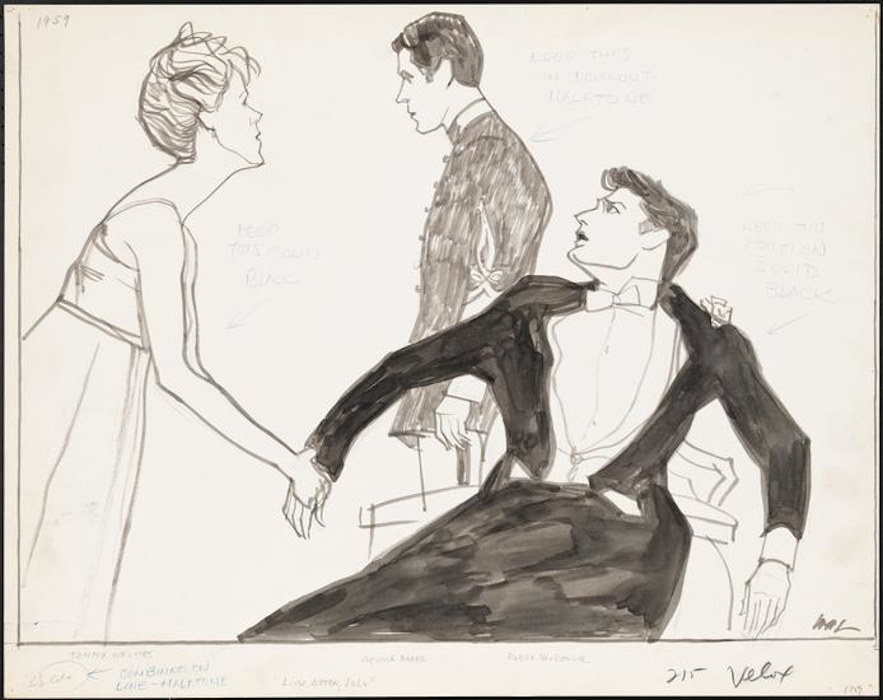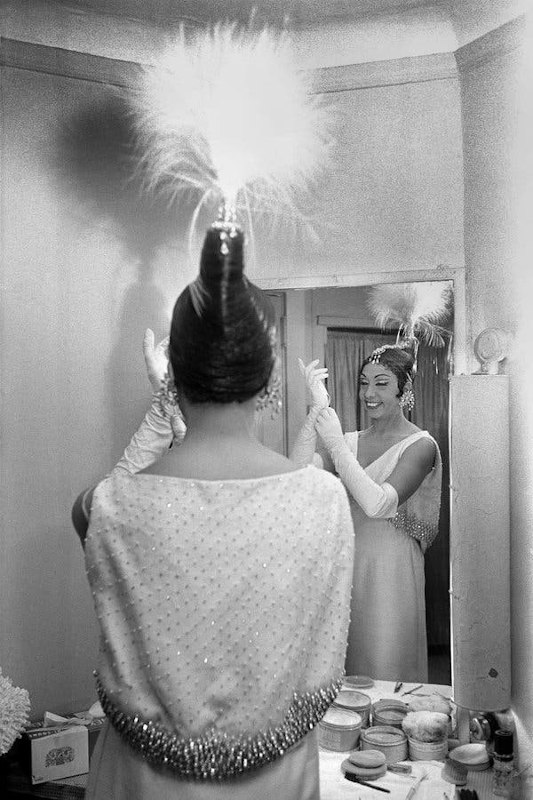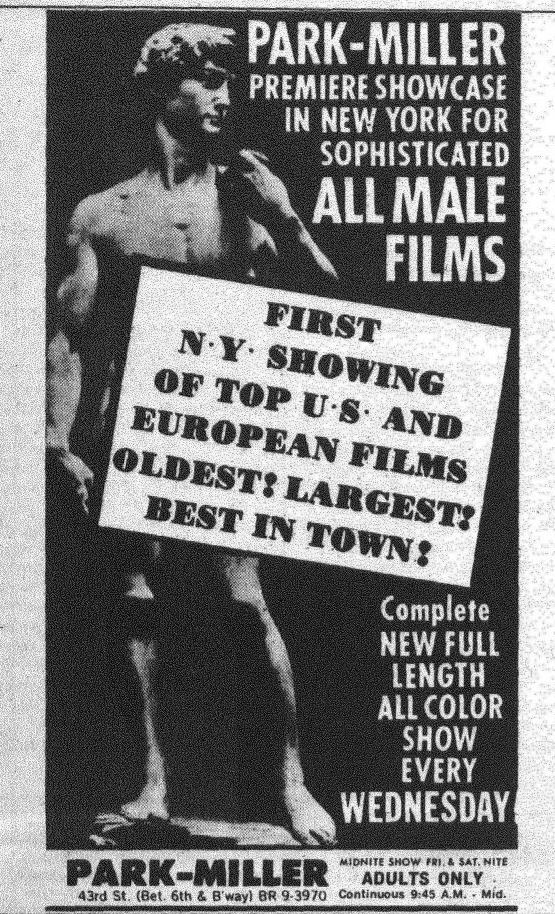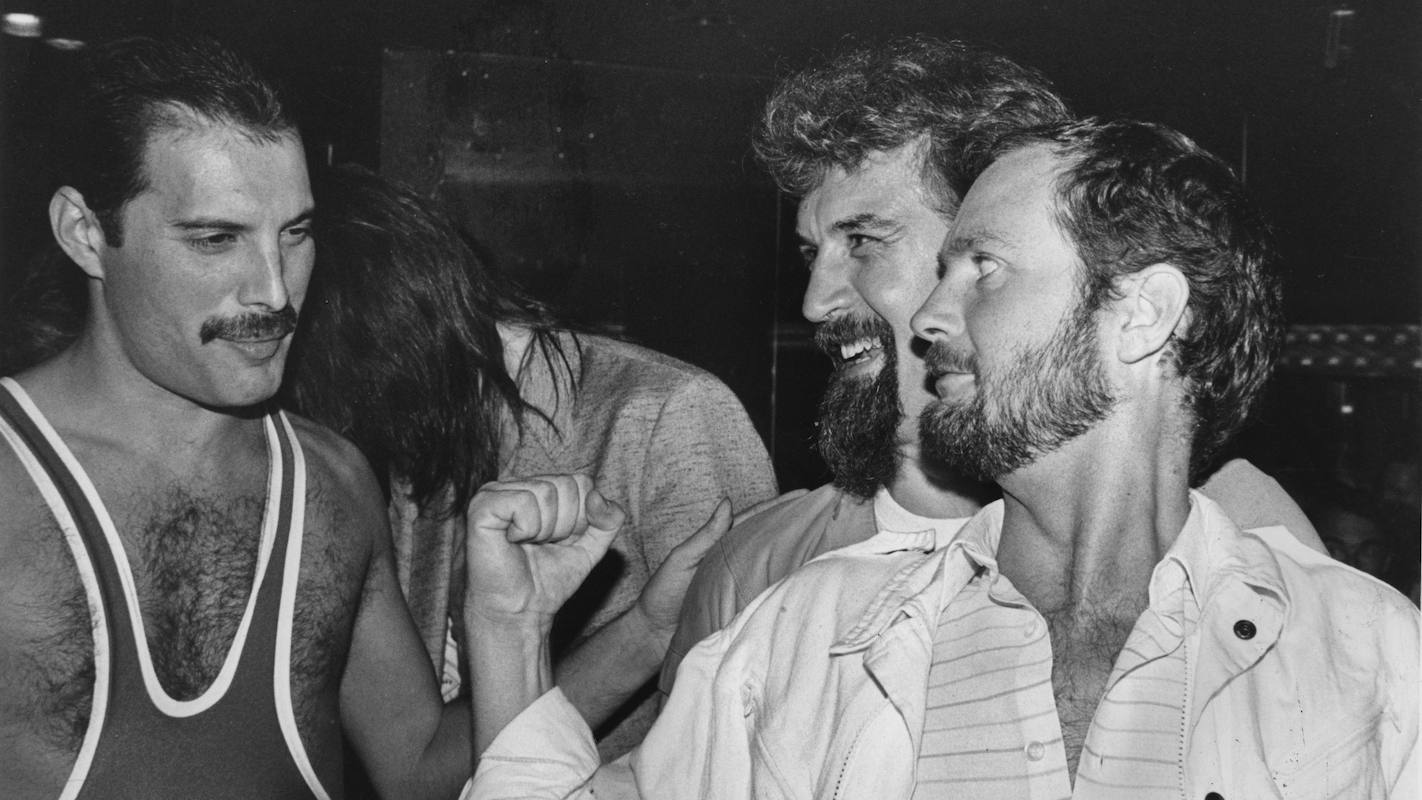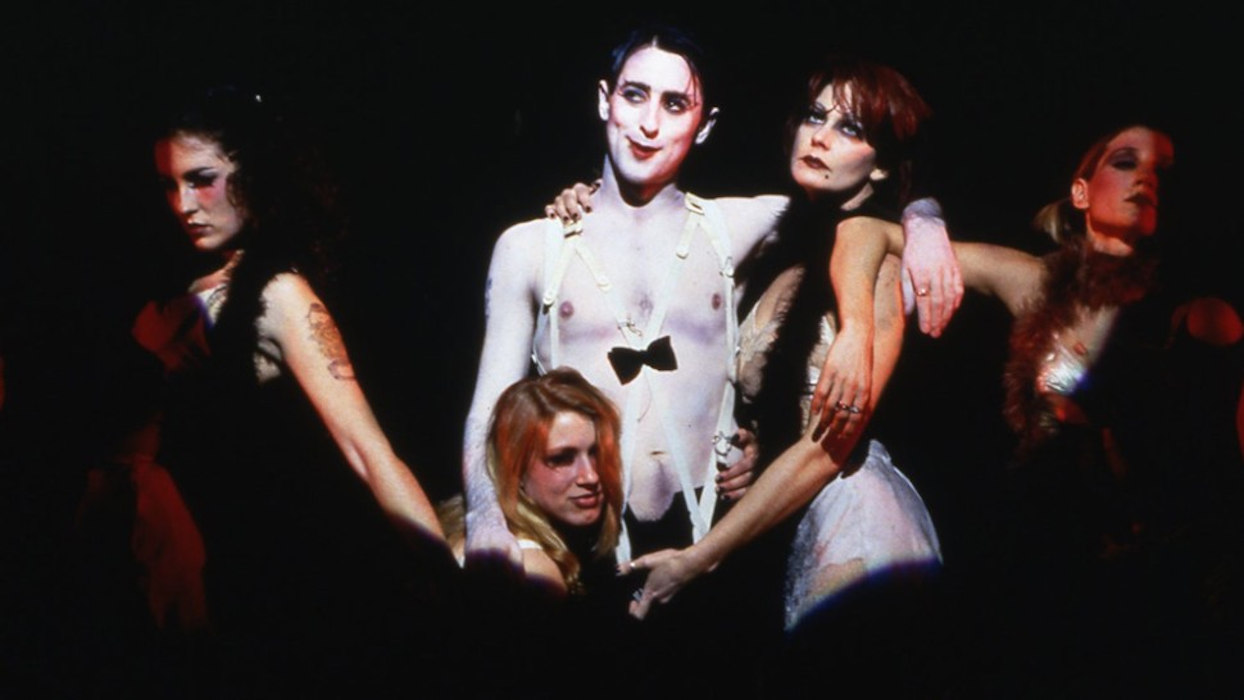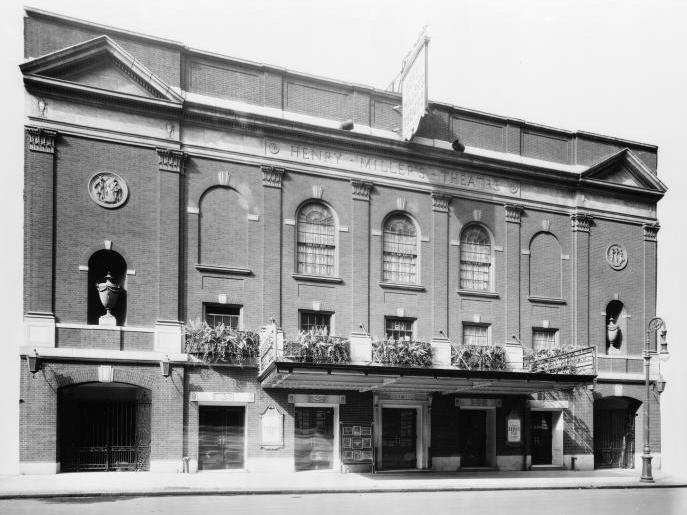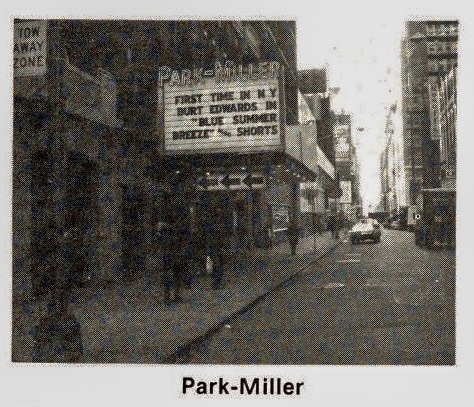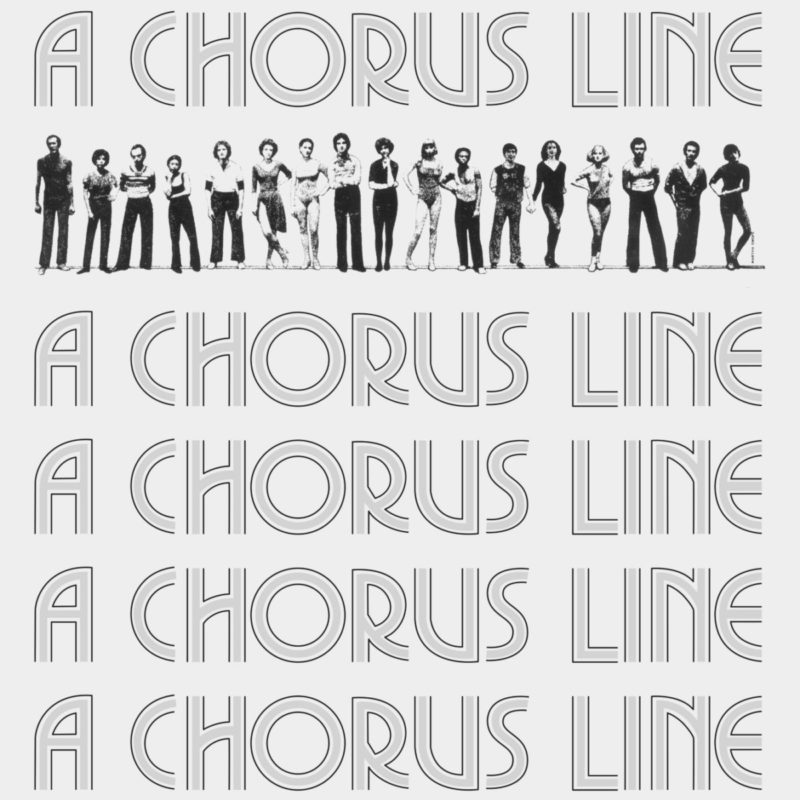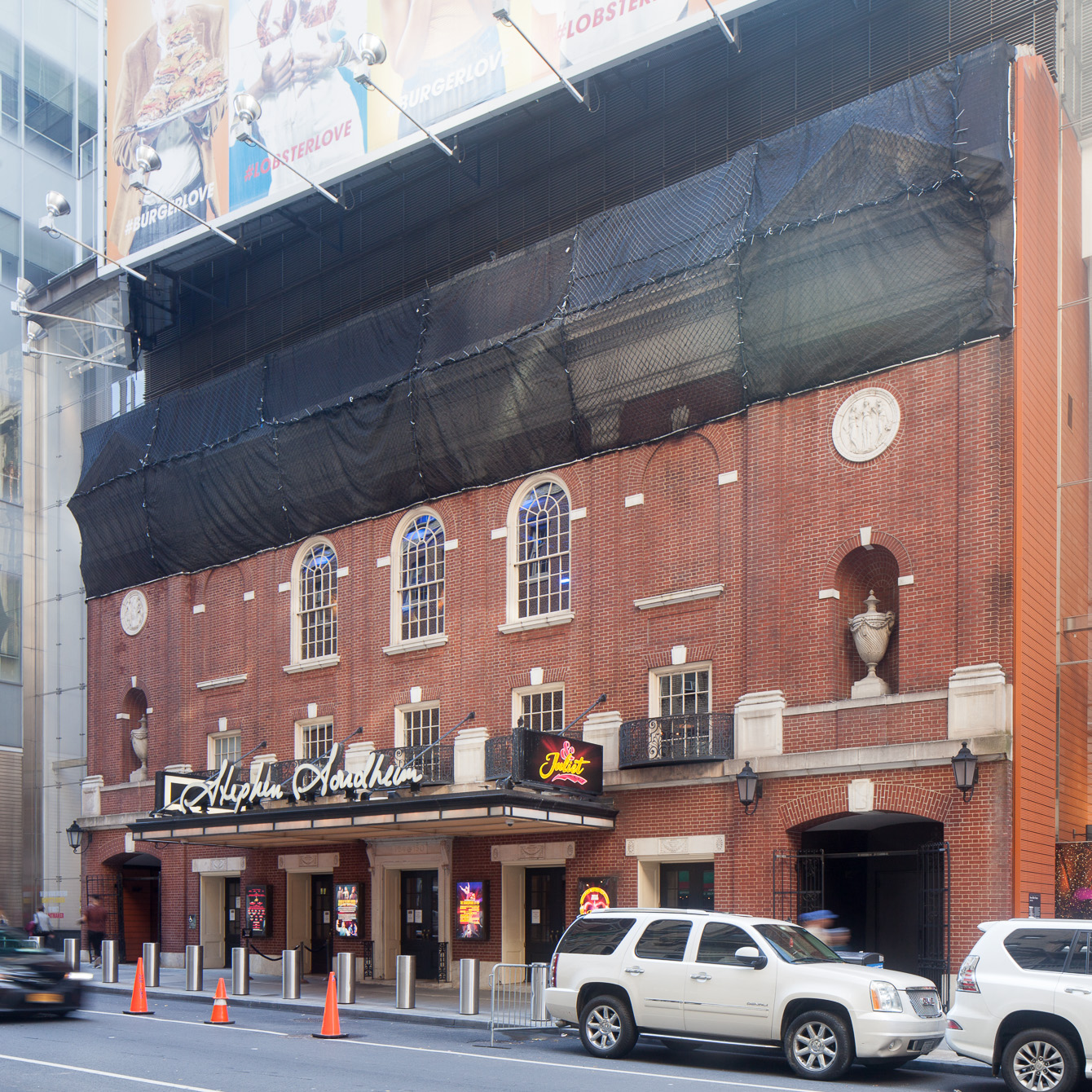
Stephen Sondheim Theater (originally Henry Miller’s Theater)
overview
Opened in 1918 as Henry Miller’s Theater, this venue has staged multiple productions involving major LGBT performers and characters, including Noel Coward’s The Vortex (1925-26), in which he played a closeted gay man.
After 1968, this building housed a movie theater (that also later showed gay male porn), followed by the Xenon nightclub, a disco, and the Kit Kat Klub. The theater interior was demolished in 2004, a new below-ground theater was built, and, in 2010, the venue was renamed the Stephen Sondheim Theater, becoming one of several Broadway theaters that have been named after an LGBT person.
History
This venue was originally known as Henry Miller’s Theater. One fairly successful gay-themed play appeared at the Henry Miller prior to the Wales Padlock Law (1927), which forbade the depiction of “sex perversion” on stage. Noel Coward had become a sensation in England in his play The Vortex, which he transferred here for his American debut in 1925-26. Coward’s character was a closeted gay man. The biggest LGBT-associated hit at the Henry Miller was Born Yesterday (1948-49), with Judy Holliday (opened at the Lyceum Theater). Another big hit was Dear Ruth (1944-46), with John Dall.
Productions by LGBT creators and with LGBT performers at the Henry Miller included:
- Lusmore (1919), with actor Eva Le Gallienne
- The Intimate Strangers (1921-22), with actor Alfred Lunt
- The National Anthem (1922), with actor Laurette Taylor
- Baby Cyclone (1927-28), with actor Spencer Tracy
- Our Betters (1928) by W. Somerset Maugham, with actor Constance Collier
- The Sacred Flame (1928) by W. Somerset Maugham
- Journey’s End (1929-30), staged by and with scenic design by James Whale
- The Violet and One, Two, Three (1930), staged by James Whale
- All Good Americans (1933-34), with actor Hope Williams
- The Country Wife (1936-37), with scenic design by Oliver Messel
- French Without Tears (1937-38) by Terence Rattigan
- Our Town (1938) by Thornton Wilder
- The Happy Days (1941), adapted by Zoe Akins
- Janie (1942-43), with actor Alfred Alderdice (Tom Drake)
- Harriet (1943-44), with actor Edna Thomas
- The Cocktail Party (1950-51), with actor Alec Guinness
- Hotel Paradiso (1957), with actor James Coco
- The Country Wife (revival, 1957) (opened at the Adelphi Theater), with actor Laurence Harvey
- Look After Lulu (1959) by Noel Coward, staged by Cyril Ritchard, with scenic and costume design by Cecil Beaton, and with actor Roddy McDowall
- Under the Yum Yum Tree (1960-61), with scenic design by Oliver Smith
- The White House (1964), with music by Lee Hoiby, and scenic and costume design by Ed Wittstein
- The Sign in Sidney Brustein’s Window (1964-65) by Lorraine Hansberry (opened at the Longacre Theater), which featured a gay male character
- Josephine Baker (1964), with Josephine Baker in concert and dance performance
- 3 Bags Full (1966), with costume design by Freddy Wittop
- The Promise (1967), with scenic design by William Ritman, and lighting design by Tharon Musser, and with actor Ian McKellen
- Before You Go (1968), with scenic design by Ed Wittstein
- Morning, Noon and Night (1968-69), with the middle portion Noon by Terrence McNally
From 1968 to 1977, this was a movie theater, including after 1971 as the Park-Miller Theater and Avon-at-the-Hudson Theater showing gay male porn. This became the Xenon nightclub from 1978 to 1984, inspired by the popularity of Studio 54, appealing to a fashion crowd. It did manage to attract some celebrities, such as Andy Warhol, Halston, Elton John, and Freddie Mercury. It later became the disco Shout.
As the Kit Kat Klub, the theater produced the enormous hit revival of Cabaret in 1998 (Best Revival of a Musical Tony Award), based on I Am a Camera by John Van Druten (which was based on stories by Christopher Isherwood), with music and lyrics by John Kander and Fred Ebb, costume design by William Ivey Long, and with actors Alan Cumming (Best Actor in a Musical Tony Award), John Benjamin Hickey, and Denis O’Hare (it moved to Studio 54).
In 2004, the Henry Miller’s Theater interior was demolished while the historic façade was retained, and a new below-ground theater was built. In 2010, it was renamed the Stephen Sondheim Theater in honor of renowned composer and lyricist Stephen Sondheim, becoming one of several Broadway theaters that have been named after an LGBT person.
Entry by Jay Shockley, project director (June 2019, with multiple additions).
NOTE: Names above in bold indicate LGBT people.
Building Information
- Architect or Builder: Allen, Ingalls & Hoffman
- Year Built: 1917-18
Sources
“The 1st List of: Gay/Lesbian/Bi Industry People, Both in Front and Behind the Camera,” www.imdb.com, May 31, 2013.
Adam Hetrick, “The Work of Broadway’s Gay and Lesbian Artistic Community Goes on Display Nov. 14 When the Leslie/Lohman Gay Art Foundation Gallery Presents ‘StageStruck: The Magic of Theatre Design’,” Playbill, November 14, 2007.
Henry Miller Theater Designation Report (New York: Landmarks Preservation Commission, 1987).
Internet Broadway Database.
Kaier Curtin, “We Can Always Call Them Bulgarians”: the Emergence of Lesbians and Gay Men on the American Stage (Boston: Alyson Publications, 1987).
“Xenon and the Strange Journey of a Broadway Theater: Noel Coward, Fellini, porn, disco, ‘Cabaret’, Dame Edna,” The Bowery Boys, July 16, 2010, bit.ly/3PsvVYs.
Do you have more information about this site?
This project is enriched by your participation! Do you have your own images of this site? Or a story to share? Would you like to suggest a different historic site?
